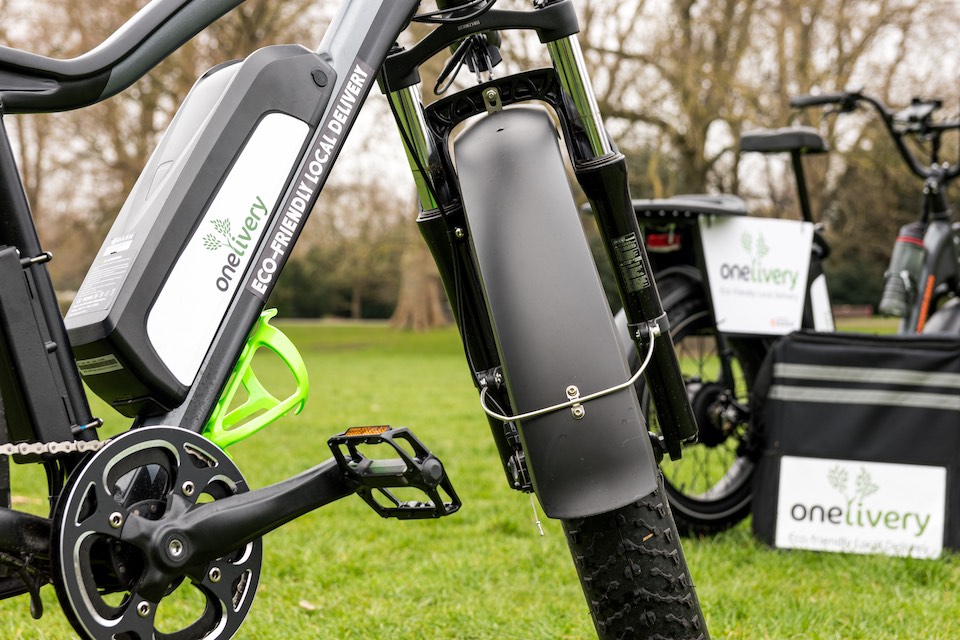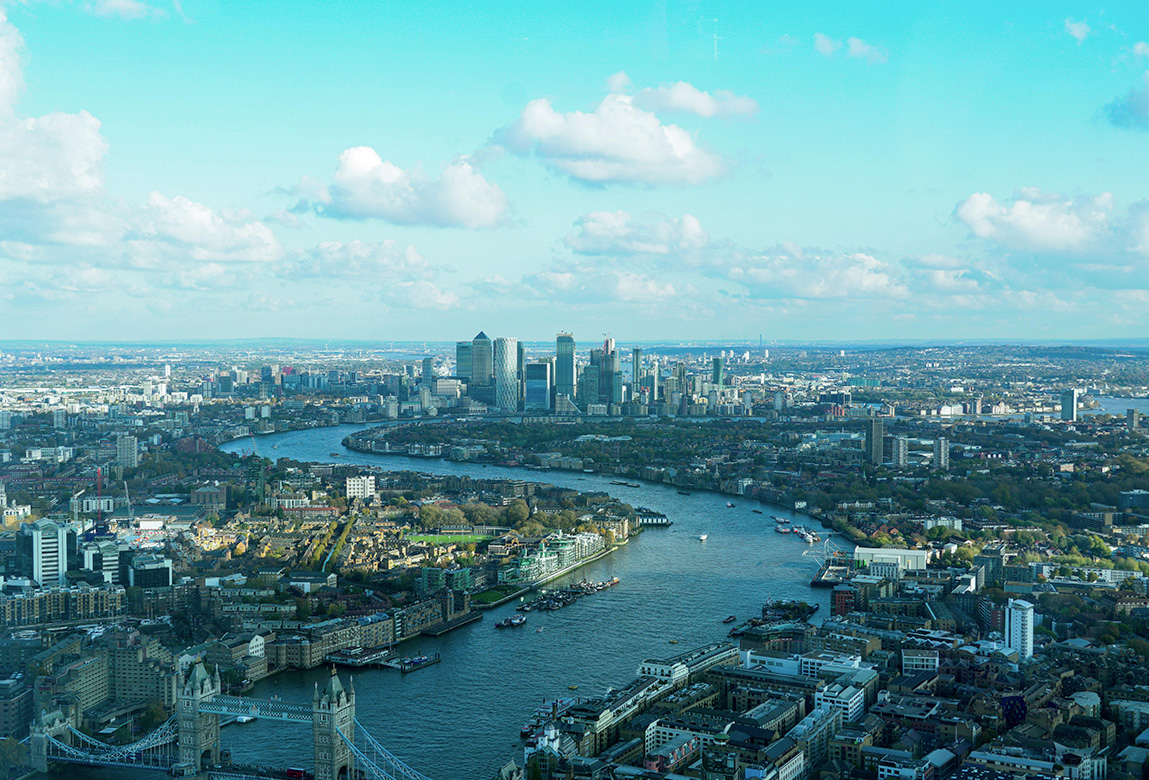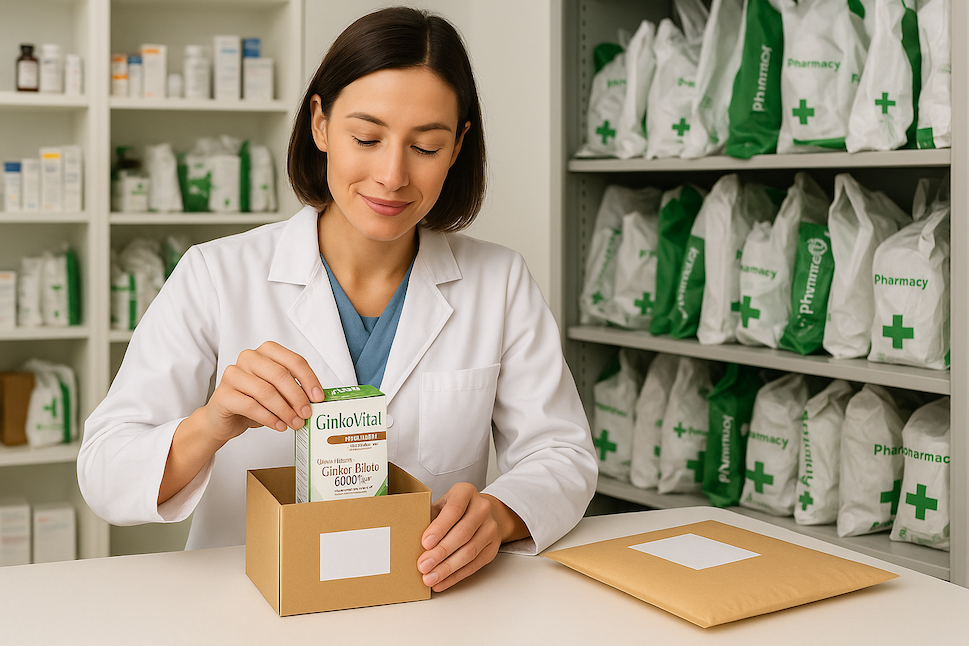Did you know?
Nearly 68% of consumers in the UK admit to feeling anxious about delivery services during extreme weather events, according to a recent survey. With torrential rain, snow, and heatwaves becoming more common, the pressure on delivery services has never been higher, and so has the scrutiny from the public.
Think about it: It’s a stormy evening, and you’re craving your favourite meal. The rain is hammering down, the wind howling through the gaps in the windows, and you’re cosy on the sofa, wrapped up in a blanket. You place an order, and then comes the wait—not just for your food, but the uneasy feeling of knowing someone is braving the elements for your convenience.
For many, the perception of delivery services in extreme weather isn’t just about speed and efficiency; it’s about empathy. Consumers are increasingly aware of the conditions drivers face—icy roads, heavy downpours, or the blistering sun—and this awareness shapes their expectations and perceptions.
The Human Side of Deliveries
Delivery riders are often unseen and unheard in these scenarios, yet their challenges are significant. Navigating slick roads or cycling against biting winds, they’re the unsung heroes making sure your hot meal or essential package arrives. Take James, a London delivery rider who’s seen it all—snowstorms turning Shoreditch into a slushy maze, torrential downpours flooding Oxford Street, and relentless summer heat making every trip feel like a marathon. “You just have to keep going,” James says. “The weather doesn’t stop the orders, and it doesn’t stop the bills.”
These voices are often drowned out in the rush to get parcels delivered on time. But there’s a growing conversation about how much of this effort goes unnoticed or unappreciated. Recent social media videos of riders soaked to the bone or struggling against heavy winds have sparked discussions, not just about delivery times but about the very human cost behind every click of the “order now” button.
Consumer Guilt and Changing Expectations
Interestingly, more than half of those surveyed confessed to feeling guilty for ordering during bad weather, yet many do so out of necessity rather than indulgence. This guilt often translates into tipping riders more generously or choosing to opt for services with better safety measures in place for their drivers. Some companies have started emphasising the welfare of their workers in their marketing, highlighting reduced delivery zones during severe weather and better support for their riders.
But it’s not enough. Londoners are increasingly questioning why companies aren’t doing more—like providing riders with proper weather gear or adjusting fees during extreme conditions. The perception that profit trumps safety is a sore point for many, leading to calls for more visible and meaningful changes.
What Can Be Done?
Consumers can play a part by considering the conditions when placing an order. If it’s essential, being patient and tipping generously is always appreciated. For companies, transparent communication about delivery times and prioritising rider safety can improve public perception and build trust.
Delivery services are a lifeline, especially during challenging weather, but they’re more than just a means to an end—they represent real people facing real risks. Next time you tap that order button, think about the rider pedalling through puddles or trudging through snow. The weather may be wild, but our choices don’t have to be thoughtless. It’s time to demand better for those who keep us connected, rain or shine.









